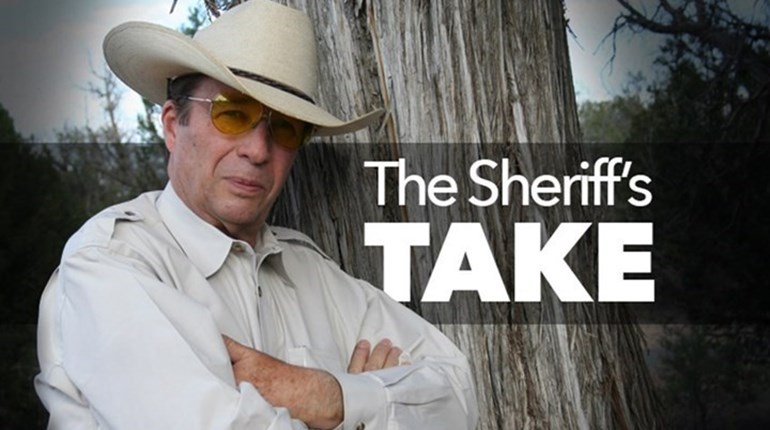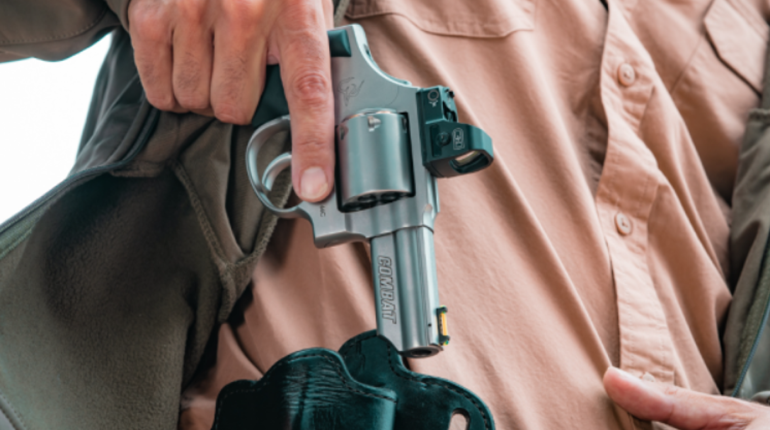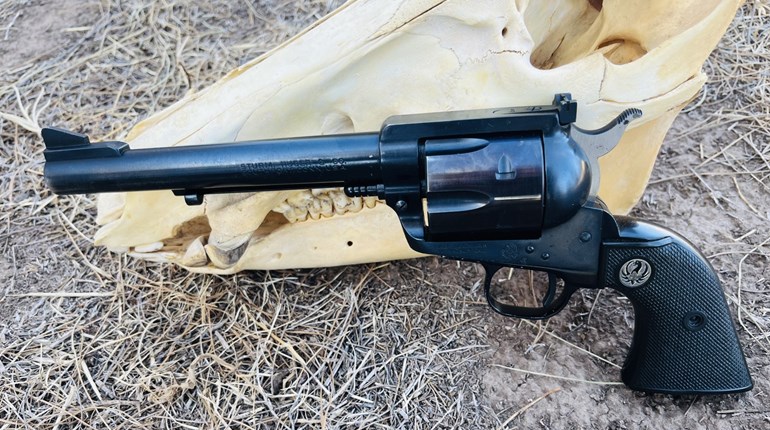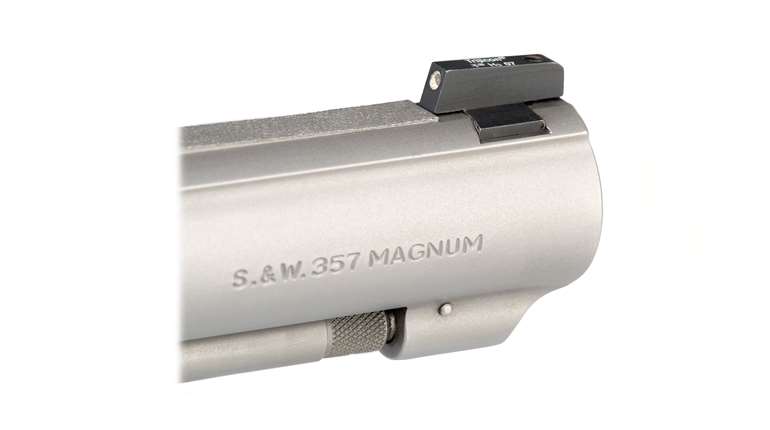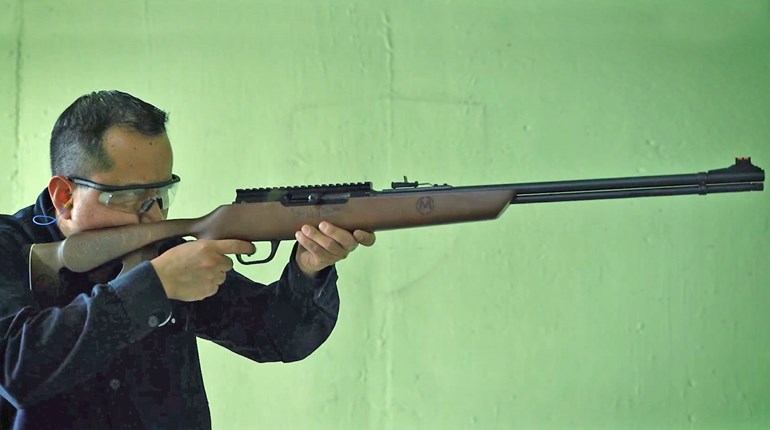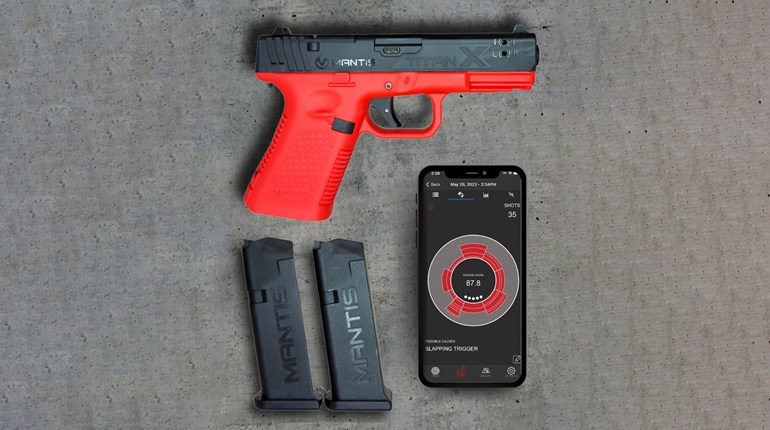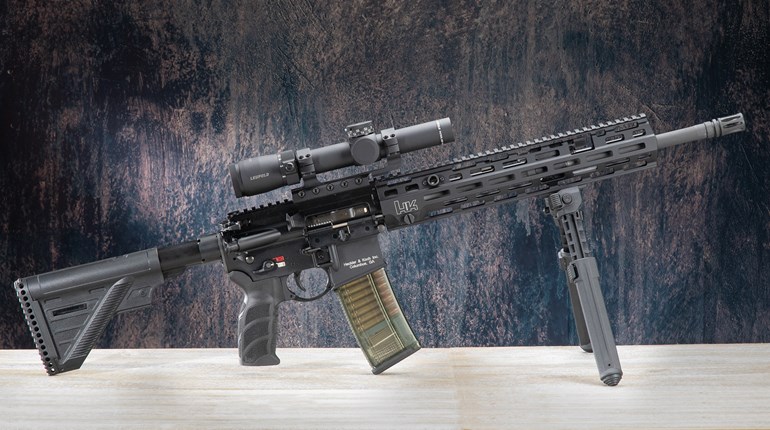
So it is late evening and you have just walked out the restaurant, headed for the parking lot. And what you see is a group of scruffy looking guys standing around your car. If you are being tactical, you have just gone from Yellow to Orange; there is a potential problem in your immediate area. What you need to understand is that your brain has just processed this information and sent a message to your body; "All hands on deck! Battle Stations! Battle Stations!"
This physical reaction to danger has been called the Fight/Flight Syndrome. It sets off an alarm within your body that causes it to get ready for you to either fight or run for your life. Unfortunately, if you don't understand what is happening inside you, this reaction may actually hinder your ability to deal with the threat. While the whole process may be somewhat complicated, here are a few things to consider when that alarm goes off.
One of the reactions is what we call "tunnel vision." That is, you tend to focus your vision on the perceived threat, in many cases excluding what is going on around that threat. This is the reason that good defensive instructors teach a student to "look & assess." In other words, you force yourself to scan your immediate surroundings for other dangers that might exist. By making look & assess part of your regular defensive practice, you are more able to overcome the tendency toward tunnel vision.
Another reaction to potential danger is the tendency for the ear drums to tighten. The result is that your hearing becomes somewhat impaired. This is the reason defensive shooters are taught to communicate with their partners in a loud, strong voice. Your partner will probably be reacting, physically, in much the same way that you are. Short messages, spoken in a loud, clear voice, make sure your important communications are understood.
People confronted with dangerous situations also tend to hold their breath. Now, I think we can all agree a gunfight is not the place to be restricting the flow of oxygen to your brain. The defensive shooter is simply conscious of this physical happening and forces himself to breath deeply, ensuring his oxygen flow is not impaired.
Finally, with the threat of danger comes a reduction in our fine motor skills. Simple things we've been able to do with our fingers suddenly become virtually impossible. Little things like managing a thumb safety or performing a reload can become quite difficult. Fortunately, we have found that regular practice tends to overcome this reaction. It's not that you have to reload in most gunfights, actually the reverse is true, but practicing these chores on a regular basis helps one to be able to perform when it is required.
The defensive shooter needs to understand the body's reaction to potential danger and develop techniques to deal with it. It is a critical part of the defensive plan.












